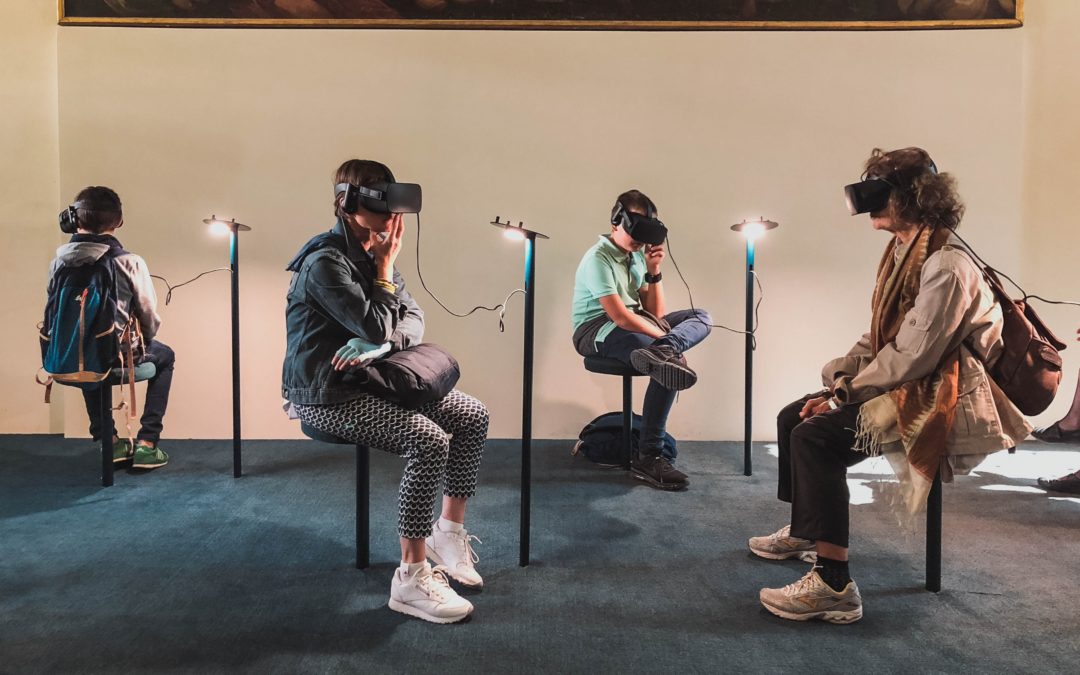Human Augmentation
Implants for limbs and organs were just the beginning, and this is where cyberpunk stories are born. The world of cyberpunk isn’t just here; it’s improving every day.
Biometrics were an early part of human augmentation that many people participated in. Devices like the FitBit can measure various vital signs, deliver than information to you, and provide suggestions.
This continues with wearables that enhance cognitive function as well as better biometric readers. Augmented Reality (AR) is an example, with multiple ways to show information to the user on top of the real world.
You’ve probably seen AR in games such as Pokemon Go. AR can also be used by warehouses to label inventory and areas using the device instead of wasting resources on physical labels.
Medical professionals are testing improvements to AI medical charts, which can place medical diagrams over patients. This allows doctors to see details about where to perform a procedure, or get notes from world-class professionals without being in the same area.
Information can be sent as images, diagrams, or even drawn onto displays as human augmentation grows.
Hyper Automation
The assembly line and assembly line robots are known parts of the automated world, but automation has already entered almost every field that uses a computer.
You can use automation to automatically fill out forms, or to look for patterns in order to complete a task. Instead of one or two tasks at a time, hyper automation delivers much bigger results.
Hyper Automation is all about running entire procedures and systems completely automatically, or with little human interaction. It’s a difference of automatically pasting in someone’s name versus automatically building a house blueprint.
Big data is important for almost every business, and hyper automation will make being informed easier and more affordable. Figuring out what matters in big data–and how to make progress with things that don’t matter–is faster with bigger calculation systems.
Autonomous Tech Enhancements
The Internet of Things (IoT) delivered smart cameras, smart locks, and other devices that can be controlled and monitored over the internet.
Now comes Autonomous Things, which is the idea of automating devices that already exist. Think of drones that work inside warehouses, or appliances that need to clean themselves or rearrange certain parts.
Programming automated devices to perform simple tasks is the same as automation, just with physical objects that have more unpredictable stresses. As automation works out ways to correct those stresses, hyper automation will come.
For more details on tech trends in 2020, contact a new technologies and emerging tech expert.
Photo by Lucrezia Carnelos on Unsplash

